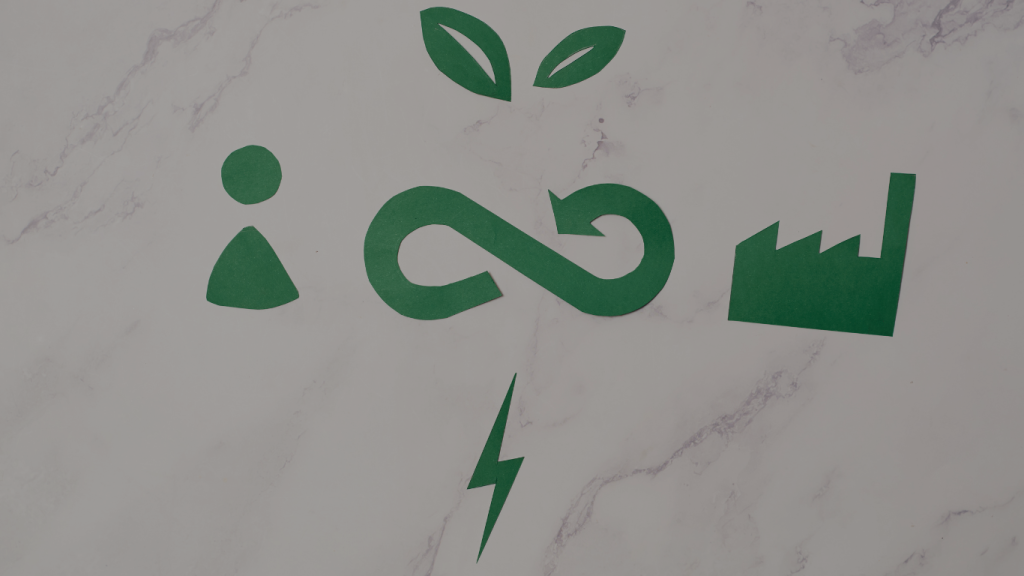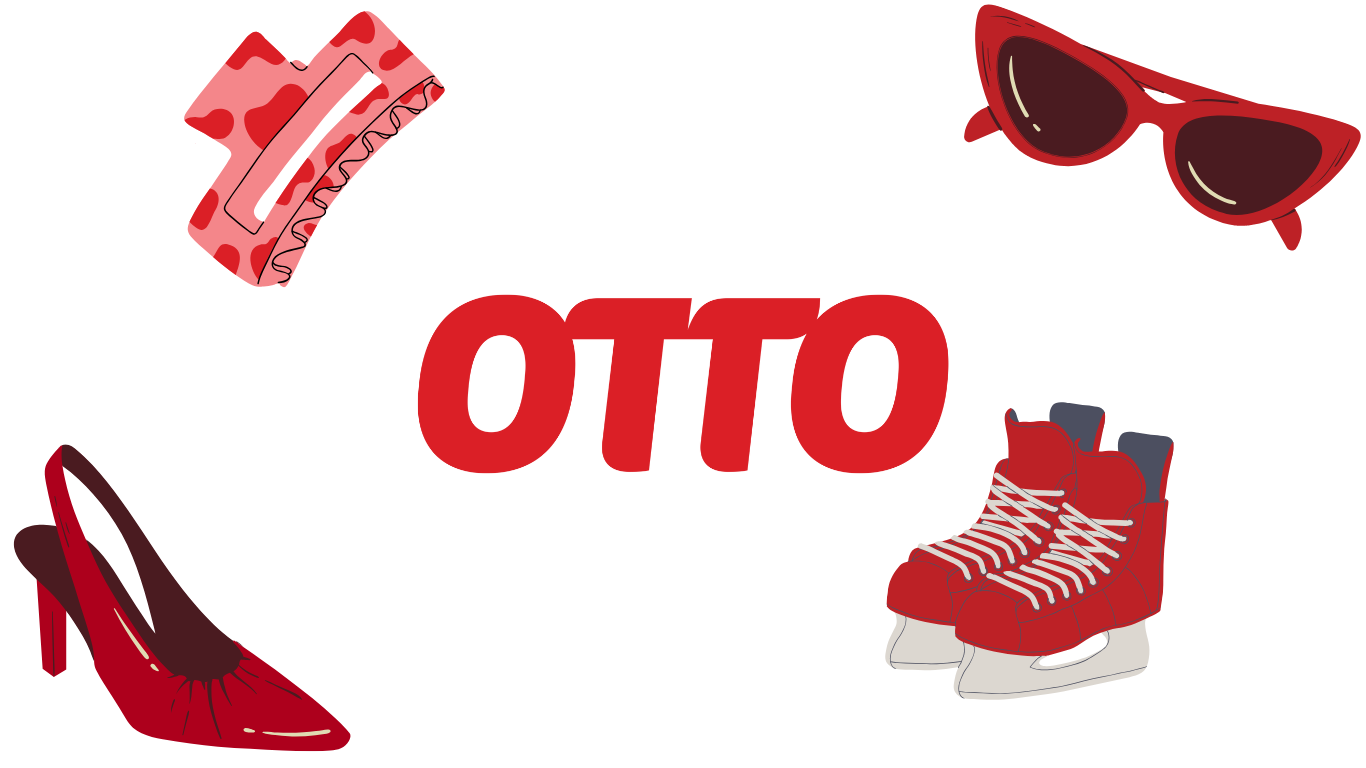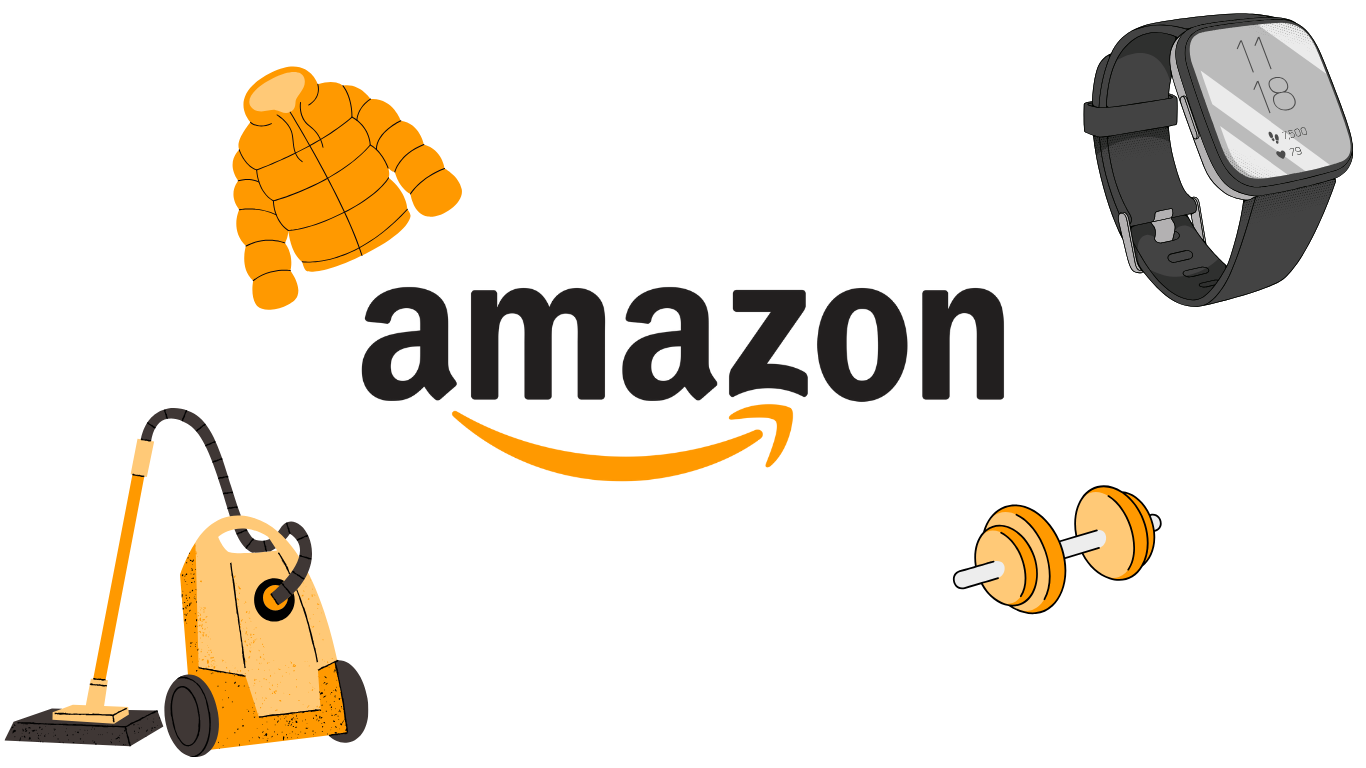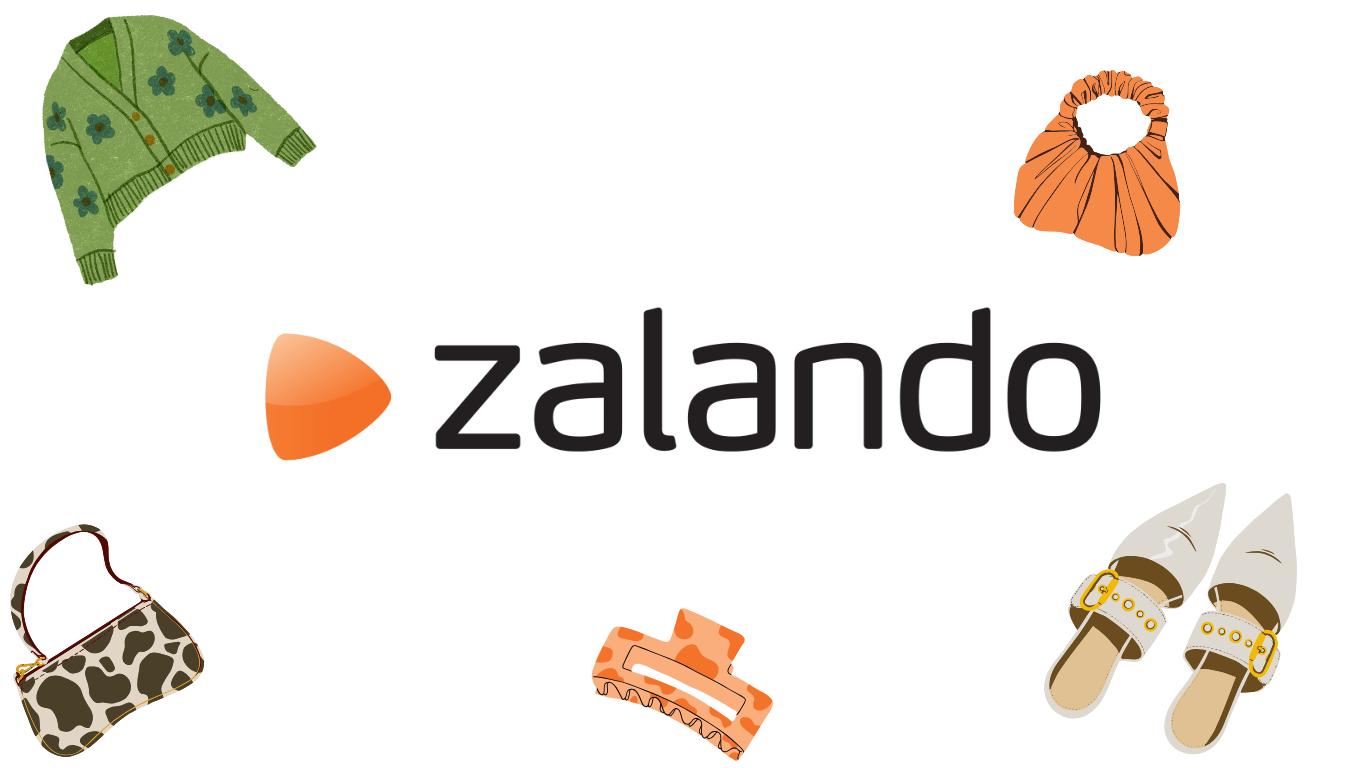Cradle to Cradle (C2C) describes a cycle where no waste is produced at the end of a product’s life, but rather the materials serve as „nutrients“ for new products. All components are endlessly reused and repurposed in either the biological or technical cycle.
What is the C2C Principle?
The Cradle to Cradle concept is in complete contrast to the linear „Cradle to Grave“ mindset of the throwaway society. Instead of manufacturing, using, and then disposing of products in landfills, C2C aims for closed loops without waste and excess. There are two distinct cycles:
The biological cycle, in which only natural materials like wood, cotton, or renewable plastics are used. These materials are biodegradable and can be easily returned to nature after their use phase, reintegrating as nutrients in the natural cycle.
And the technical cycle for non-biological, synthetic materials such as metals, minerals, or technical plastics. These technical „nutrients“ are intended to continuously circulate in a closed industrial loop, being collected and processed for new product manufacturing.
The Cradle to Cradle concept is based on three central principles:
Waste-free through completely biodegradable or recyclable materials,
Use of renewable energy for complete energy self-sufficiency,
Product design for endless multiple use instead of mere consumption and wear.
C2C Pioneer Projects
Many companies have already started implementing the Cradle to Cradle principle in their products and processes. For instance, an office furniture manufacturer created an office chair from only two different polymer types, allowing all components to be easily separated and fully recycled at the end of the life cycle – a closed material loop.
An outdoor gear manufacturer completely avoids toxic or non-recyclable substances, uses only plant-derived or technically high-quality recycled materials, and created a jacket with almost zero footprint. And a beverage company has revamped its entire packaging concept to deposit bottles and crates made from recycled materials.
Through intelligent production methods and systematic take-back of old products, completely waste-free, circular ecosystems can be established.
Key Points
C2C aims for a completely waste-free cycle of products and resources
Two separate cycles are established: a biological and a technical one
All products consist solely of materials from these two cycles
The goal is a closed, sustainable economy without environmental impact
Act now and become part of the circular economy! Download our browser extension, which helps you find everything secondhand and shop more sustainably.









